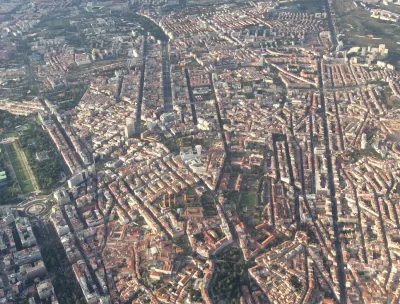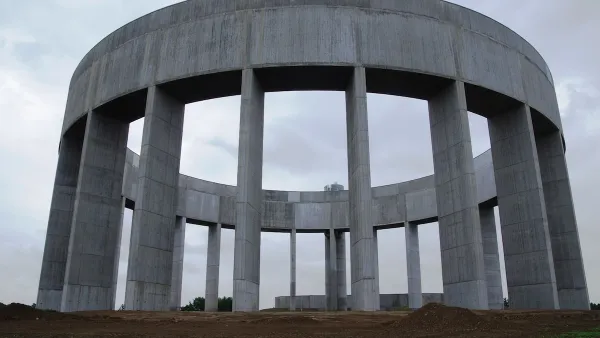Cities are not unlike brains in their capacity to evolve along complex, self-organizing patterns. Studying what some researchers call the "urban connectome" may give us insight into how best to organize the places where we live.

Urbanism and brain science are remarkably similar in some ways, Michael Mehaffy writes. "There is good reason to think that, as with brains, a lot of what happens in cities has more to do with the overall pattern of connections, and less to do with particular elements."
He goes on, "As Jane Jacobs pointed out over half a century ago, the city is a kind of 'intricate ballet' of people interacting, going about their plans, and shaping the life of the city, from the smallest scales to the largest." City folks thrive on knowledge spillovers, casual interactions with new people that give rise to novel enterprises and economic activity.
According to such a model, the health of cities depends on how effectively these kinds of "neural pathways" can form and reform. "In the case of cities, we have to ensure that we have well-connected, walkable cities, facilitating many cross-connections," Mehaffy writes.
The digital infrastructure of so-called smart cities can enhance such a network, but physical interactions between city dwellers form its foundation. "A corollary is that in our automobile-connected suburbs, it seems we have been replicating this pattern of connections—but only with heavy and unsustainable inputs of resources," Mehaffy says.
To get the most out of an urban connectome model, he goes on, we need to examine "the most effective patterns from a range of cities around the world—and over centuries of evolution."
FULL STORY: Wonders of the ‘urban connectome’

Analysis: Cybertruck Fatality Rate Far Exceeds That of Ford Pinto
The Tesla Cybertruck was recalled seven times last year.

National Parks Layoffs Will Cause Communities to Lose Billions
Thousands of essential park workers were laid off this week, just before the busy spring break season.

Retro-silient?: America’s First “Eco-burb,” The Woodlands Turns 50
A master-planned community north of Houston offers lessons on green infrastructure and resilient design, but falls short of its founder’s lofty affordability and walkability goals.

Test News Post 1
This is a summary

Analysis: Cybertruck Fatality Rate Far Exceeds That of Ford Pinto
The Tesla Cybertruck was recalled seven times last year.

Test News Headline 46
Test for the image on the front page.
Urban Design for Planners 1: Software Tools
This six-course series explores essential urban design concepts using open source software and equips planners with the tools they need to participate fully in the urban design process.
Planning for Universal Design
Learn the tools for implementing Universal Design in planning regulations.
EMC Planning Group, Inc.
Planetizen
Planetizen
Mpact (formerly Rail~Volution)
Great Falls Development Authority, Inc.
HUDs Office of Policy Development and Research
NYU Wagner Graduate School of Public Service



























